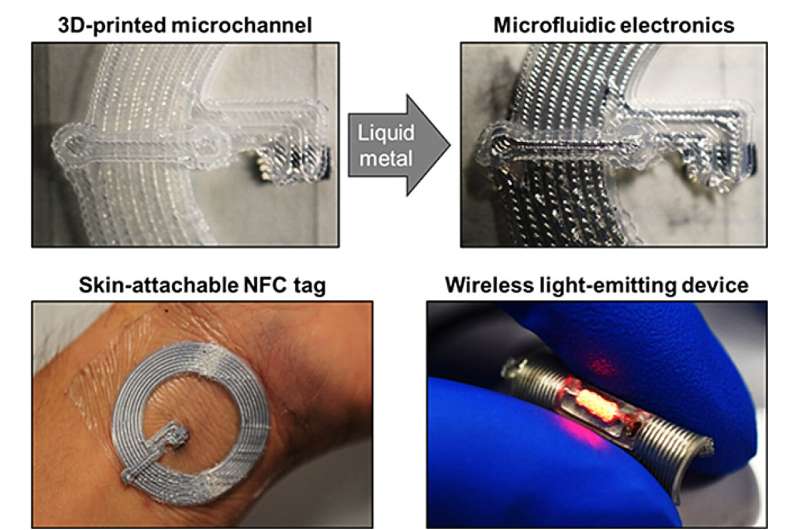
The transition from traditional 2D to 3D microfluidic structures is a significant advancement in microfluidics, offering benefits in scientific and industrial applications. These 3D systems improve throughput through parallel operation, and soft elastomeric networks, when filled with conductive materials like liquid metal, allowing for the integration of microfluidics and electronics.
However, traditional methods such as soft lithography fabrication which requires cleanroom facilities have limitations in achieving fully automated 3D interconnected microchannels. The manual procedures involved in these methods, including polydimethylsiloxane (PDMS) molding and layer-to-layer alignment, hinder the automation potential of microfluidic device production.
3D printing is a promising alternative to traditional microfluidic fabrication methods. Photopolymerization techniques like stereolithography apparatus (SLA) and digital light processing (DLP) enable the creation of complex microchannels.
While photopolymerization allows for flexible devices, challenges remain in integrating external components such as electronic elements during light-based printing.
Extrusion-based methods like fused deposition modeling (FDM) and direct ink writing (DIW) offer automated fabrication but face difficulties in printing elastomeric hollow structures. The key challenge is finding an ink that balances softness for component embedding and robustness for structural integrity to achieve fully printed, interconnected microfluidic devices with embedded functionality.
As of now, existing 3D printing technologies have not simultaneously realized 1) direct printing of interconnected multilayered microchannels without supporting materials or post-processing and 2) integration of electronic elements during the printing process.
Researchers from the Singapore University of Technology and Design's (SUTD) Soft Fluidics Lab addressed these two significant challenges in a study appearing in Advanced Functional Materials:
1. Direct printing of interconnected multilayered microchannels
The settings for DIW 3D printing were optimized to create support-free hollow structures for silicone sealant, ensuring that the extruded structure did not collapse. The research team further expanded this demonstration to fabricate interconnected multilayered microchannels with through-holes between layers; such geometries of microchannels (and electric wires) are often required for electronic devices such as antennas for wireless communication.
2. Integration of electronic components
Another challenge is the integration of electronic components into the microchannels during the 3D printing process. This is difficult to achieve with resins that cure immediately.
The research team took advantage of gradually curing resins to embed and immobilize the small electronic elements (such as RFID tags and LED chips). The self-alignment of those elements with microchannels allowed the self-assembly of the components with the electric wirings when liquid metal was perfused through the channel.
Why is this technology important?
While many electronic devices necessitate a 3D configuration of conductive wires, such as a jumper wire in a coil, this is challenging to achieve through conventional 3D printing methods.
The SUTD research team proposed a straightforward solution for realizing devices with such intricate configurations. By injecting liquid metal into a 3D multilayered microchannel containing embedded electronic components, self-assembly of conductive wires with these components is facilitated, enabling the streamlined fabrication of flexible and stretchable liquid metal coils.
More information: Kento Yamagishi et al, Flexible and Stretchable Liquid‐Metal Microfluidic Electronics Using Directly Printed 3D Microchannel Networks, Advanced Functional Materials (2023). DOI: 10.1002/adfm.202311219
Citation: New 3D printing technique integrates electronics into microchannels to create flexible, stretchable microfluidic devices (2024, June 12) retrieved 12 June 2024 from https://techxplore.com/news/2024-06-3d-technique-electronics-microchannels-flexible.html
This document is subject to copyright. Apart from any fair dealing for the purpose of private study or research, no part may be reproduced without the written permission. The content is provided for information purposes only.
